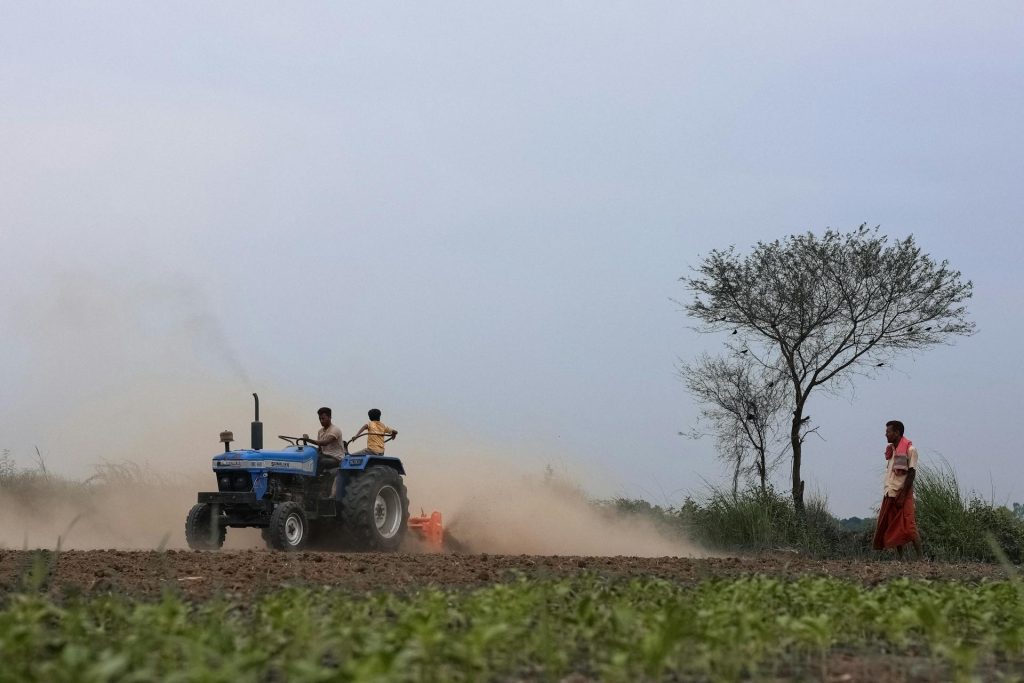Hey there, fellow rural residents! Juggling daily life, managing household expenses, and dreaming of a secure future – we all understand the unique challenges of personal finance in rural India. But fear not, buddy! Here’s your guide to navigating the financial landscape, building a strong foundation, and achieving your goals.
Let’s face the facts:
- Limited income: Many rural families rely on seasonal, unpredictable income sources, making financial planning tricky.
- Lack of access: Traditional banking facilities and financial literacy resources might be far and few between.
- Social pressures: Community expectations and family needs can sometimes clash with individual financial aspirations.
But here’s the good news:
- You’re not alone: Millions of rural Indians are actively working towards financial well-being.
- Options are expanding: Government initiatives, fintech solutions, and innovative financial products are bringing inclusion closer.
- Small steps lead to big results: Even with limited resources, smart planning and smart habits can make a world of difference.
So, let’s get started!
1. Budgeting: Know Where Your Money Goes:
- Track your income and expenses: Every rupee counts! Track everything for a month to understand your spending patterns.
- Set realistic goals: Identify your priorities – from daily needs to saving for education or healthcare.
- Create a budget: Allocate your income towards essentials, savings, and occasional treats. Remember, flexibility is key!
2. Savings: Grow Your Nest Egg:
- Start small: Even small, regular savings add up over time. Explore options like micro-savings accounts or chit funds.
- Government schemes: Utilize government savings schemes like Sukanya Samriddhi Yojana for girl child education or Atal Pension Yojana for a secure retirement.
- Formal banking: Open a bank account for secure savings and easier access to financial services. Explore digital banking options for convenience.
3. Credit Management: Borrow Wisely:
- Avoid high-interest debt: Only borrow for essential needs and repay on time. Stay away from predatory lenders and quick-fix loans.
- Microfinance institutions: Consider microloans from trusted institutions for income-generating activities, but borrow responsibly and within your repayment capacity.
- Formal credit options: Build your credit score with timely payments and explore bank loans for larger needs, like starting a business.
4. Risk Management: Be Prepared for the Unexpected:
- Emergency fund: Aim for 3-6 months of living expenses to cover unexpected situations like medical emergencies or crop failures.
- Crop insurance: Protect your livelihood from weather-related risks by participating in government crop insurance schemes.
- Health insurance: Secure yourself and your family with affordable health insurance plans offered by the government or private companies.
5. Knowledge is Power: Take Charge of Your Finances:
- Seek guidance: Talk to successful individuals in your community, community development officers, or financial advisors for personalized advice.
- Government initiatives: Utilize government financial literacy programs and workshops to learn about various financial options and best practices.
- Digital resources: Explore online platforms and mobile apps offering financial education and tools in local languages.
Remember, your financial journey is unique:
Adapt these tips to your specific circumstances, income sources, and goals. Don’t be afraid to seek help and explore new opportunities. With dedicated effort and smart planning, you can build a secure financial future and achieve your dreams, right there in your vibrant rural community.
Together, let’s build a financially empowered rural India!




